- Net Income Improves 60% to $1.0 million
- Modified EBITDA Increases 22% to $1.7 million
- Revenues Increase 16% to $9.2 million
 Deep Down, Inc. (OTCQX: DPDW) ("Deep Down")(the "Company"), an oilfield services company specializing in complex deepwater and ultra-deepwater oil production distribution system support services, has reported net income of$1.0 million, or $0.10 per diluted share, for the second quarter of 2013, an improvement of $0.4 million from the second quarter of 2012.
Deep Down, Inc. (OTCQX: DPDW) ("Deep Down")(the "Company"), an oilfield services company specializing in complex deepwater and ultra-deepwater oil production distribution system support services, has reported net income of$1.0 million, or $0.10 per diluted share, for the second quarter of 2013, an improvement of $0.4 million from the second quarter of 2012.
OPERATING RESULTS
Revenues increased by $1.3 million in the second quarter of 2013 compared to the prior-year quarter. The increase of 16 percent in revenues occurred primarily due to increased demand by our customers for our technologically innovative solutions as a result of our consistently successful project execution.
Gross profit increased by $0.6 million to $3.5 million, or 38 percent of revenues, in the second quarter of 2013 compared to the prior-year quarter. Gross profit of 38 percent of revenues is consistent with our expectations for the second quarter of 2013.
Operating expenses increased by $0.2 million in the second quarter of 2013 compared to the prior-year quarter. The slight increase was due primarily to increased lease costs associated with our new facility.
The Company's management evaluates its financial performance based on a non-GAAP measure, Modified EBITDA, which consists of earnings (net income or loss) available to common shareholders before net interest expense, income taxes, depreciation and amortization, and other non-cash and non-recurring charges.
Modified EBITDA increased by $0.3 million to $1.7 million in the second quarter of 2013 compared to the prior-year quarter. The increase in Modified EBITDA is due primarily to increased gross profit before depreciation expense of $0.7 million, partially offset by increased selling, general and administrative expenses before amortization of share-based compensation of $0.4 million.
WORKING CAPITAL
At June 30, 2013, we had working capital of $7.5 million. Additionally, in the first quarter of 2013, we entered into the fifth amendment of our bank credit agreement, which among other things, increased the committed amount under our revolving credit facility to $5 million from $2 million. Because of these factors, and because of cash we expect to generate from operations, we believe that we will have adequate liquidity to meet our future operating requirements.
EXECUTIVE MANAGEMENT
Ronald E. Smith, Chief Executive Officer, stated, "We are pleased with our results for the second quarter of 2013. Our backlog has reached $26 million and our business is increasing. To accommodate this increase, we entered into a long-term facility lease in June 2013, which enables us to expand our capacity and take on much larger jobs."
.


 Apache Corporation
Apache Corporation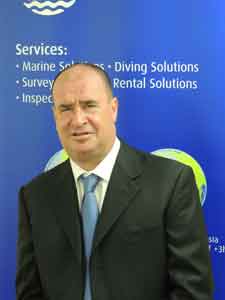 has announced the joining of Martin Bolton as the new Division Head for its Oil & Gas Division for the Middle East Region. He will be based at Unique’s head office in Sharjah in the UAE.
has announced the joining of Martin Bolton as the new Division Head for its Oil & Gas Division for the Middle East Region. He will be based at Unique’s head office in Sharjah in the UAE.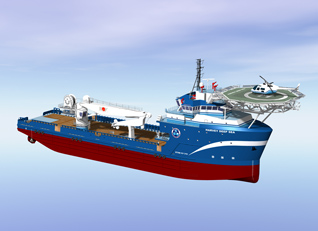

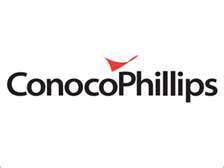 ConocoPhillips
ConocoPhillips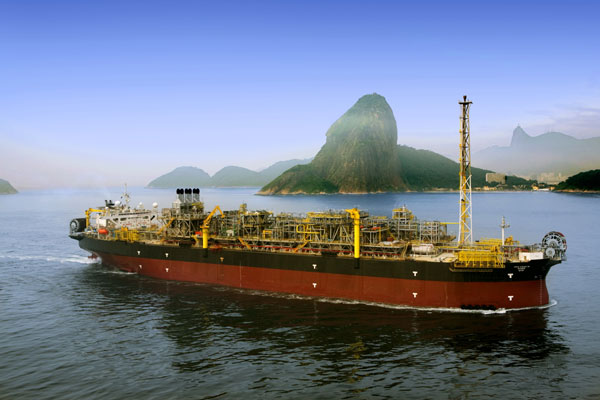 billion FPSO for Nigeria (a record price for an FPSO), two $1.8 billion FPSOs for Brazil, a $1.8 billion FPSO for the UK, a $1.3 billion production barge for the Congo and a $1.0 billion FPSO for the Gulf of Mexico.
billion FPSO for Nigeria (a record price for an FPSO), two $1.8 billion FPSOs for Brazil, a $1.8 billion FPSO for the UK, a $1.3 billion production barge for the Congo and a $1.0 billion FPSO for the Gulf of Mexico. Hamburg: “Making technology-based decisions is complex for each individual company, as is finding the right way into the future. We fully support the overall political will and dedication to reduce harmful emissions from ship operations.”
Hamburg: “Making technology-based decisions is complex for each individual company, as is finding the right way into the future. We fully support the overall political will and dedication to reduce harmful emissions from ship operations.” The Ferguson Group,
The Ferguson Group,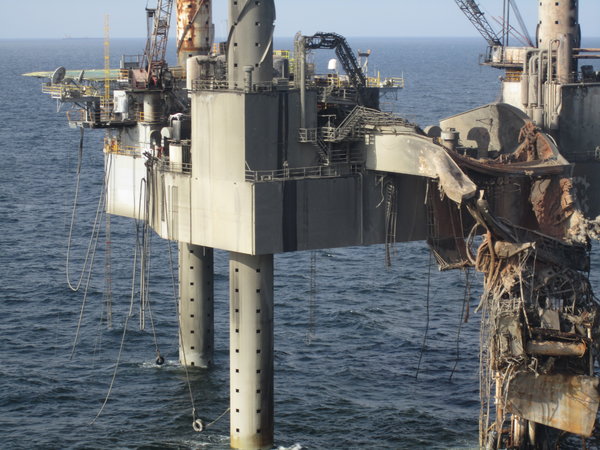 oversee and coordinate response efforts to secure the South Timbalier 220 natural gas Well A-3. Safety of personnel and protection of the environment remain the top priorities.
oversee and coordinate response efforts to secure the South Timbalier 220 natural gas Well A-3. Safety of personnel and protection of the environment remain the top priorities. Encapsulating & Molding facility in the West Houston area, opening to develop even greater levels of support both to the Gulf Coast region and internationally.
Encapsulating & Molding facility in the West Houston area, opening to develop even greater levels of support both to the Gulf Coast region and internationally.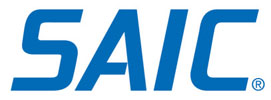 Science Applications International Corporation (SAIC) [
Science Applications International Corporation (SAIC) [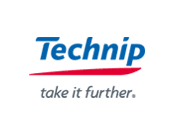 The joint venture formed by
The joint venture formed by 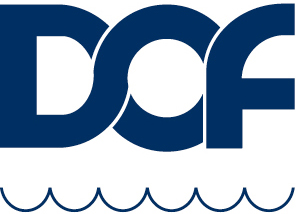 cover the construction of four new pipelay support vessels (PLSVs) and operation in Brazilian waters to install flexible pipes. The combined value for Technip is approximately €1.35 billion.
cover the construction of four new pipelay support vessels (PLSVs) and operation in Brazilian waters to install flexible pipes. The combined value for Technip is approximately €1.35 billion.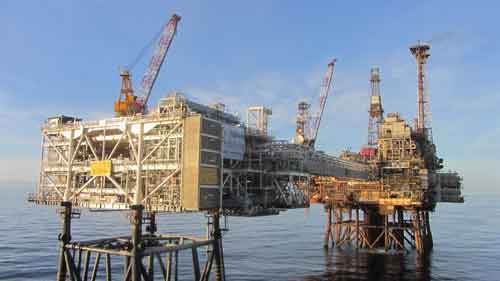 The Bacchus B-1 development well, which commenced production in July, currently is producing 9,400 barrels of oil per day. Apache logged 2,057 feet net oil pay along a horizontal completion segment in high quality Jurassic-aged Fulmar sandstone in the field's western fault block. Oil from the Bacchus Field is produced through a subsea tie-back to Apache's Forties Alpha platform.
The Bacchus B-1 development well, which commenced production in July, currently is producing 9,400 barrels of oil per day. Apache logged 2,057 feet net oil pay along a horizontal completion segment in high quality Jurassic-aged Fulmar sandstone in the field's western fault block. Oil from the Bacchus Field is produced through a subsea tie-back to Apache's Forties Alpha platform.